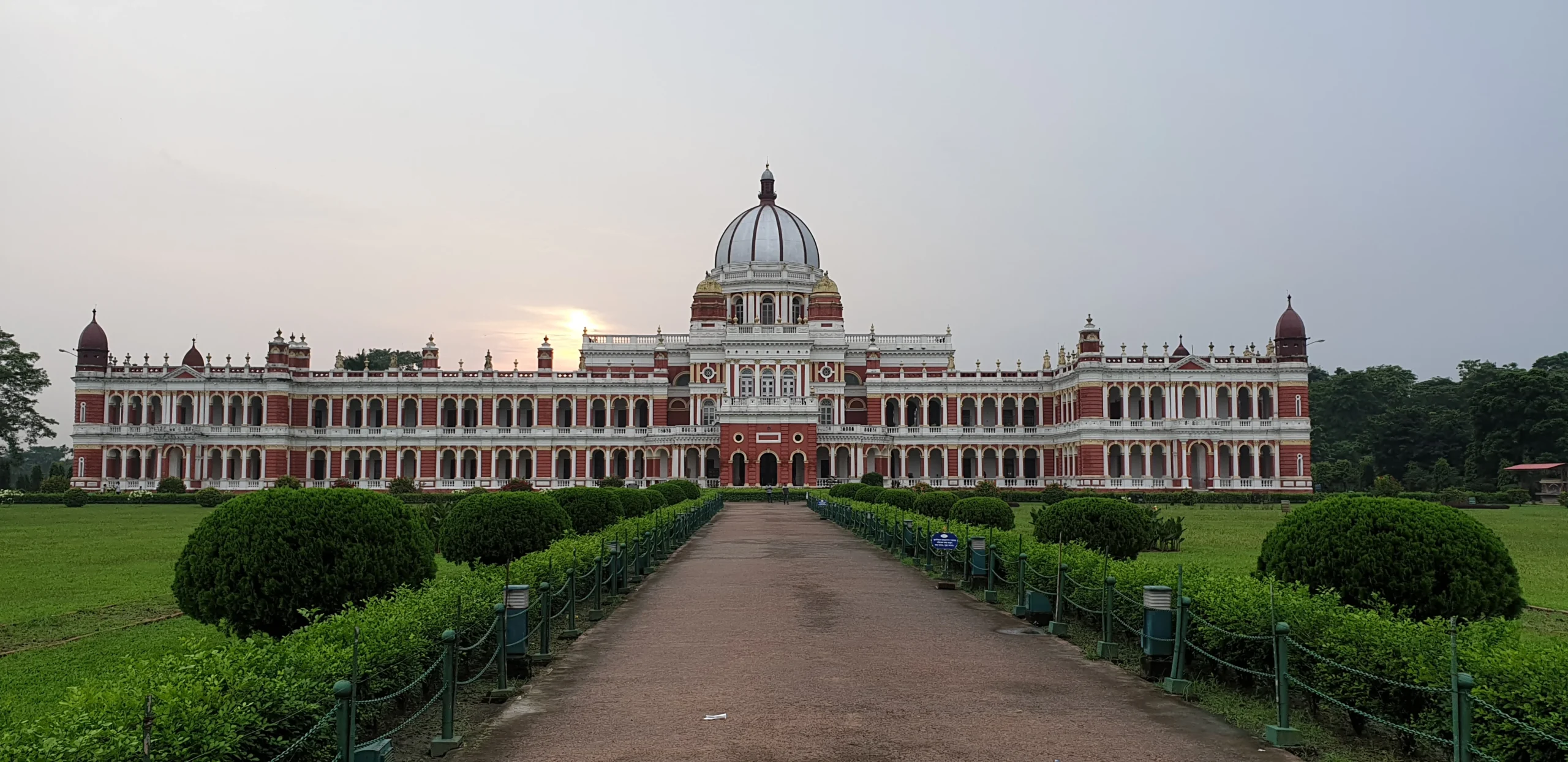Alright, folks, gather ’round, because I’m about to spill the chai on the best times to hit some of India’s most incredible spots in 2025. Trust me, I’ve been there, done that, and got the slightly-too-small souvenir t-shirt to prove it. Planning a trip to India can feel like navigating a bustling Delhi market – exciting, but potentially overwhelming. That’s why I’m here, your friendly neighbourhood travel guru, to break it all down for you, season by glorious season.
We’re talking about dodging the monsoon downpours, basking in the perfect sunshine, and experiencing festivals in their full, vibrant glory. So, please grab a cup of something warm, get comfortable, and let’s plan your unforgettable Indian adventure in 2025!
North India: Majestic Mountains and Royal Grandeur
Ah, North India! Home to the towering Himalayas, the iconic Taj Mahal, and cities steeped in history. But timing is everything up here.
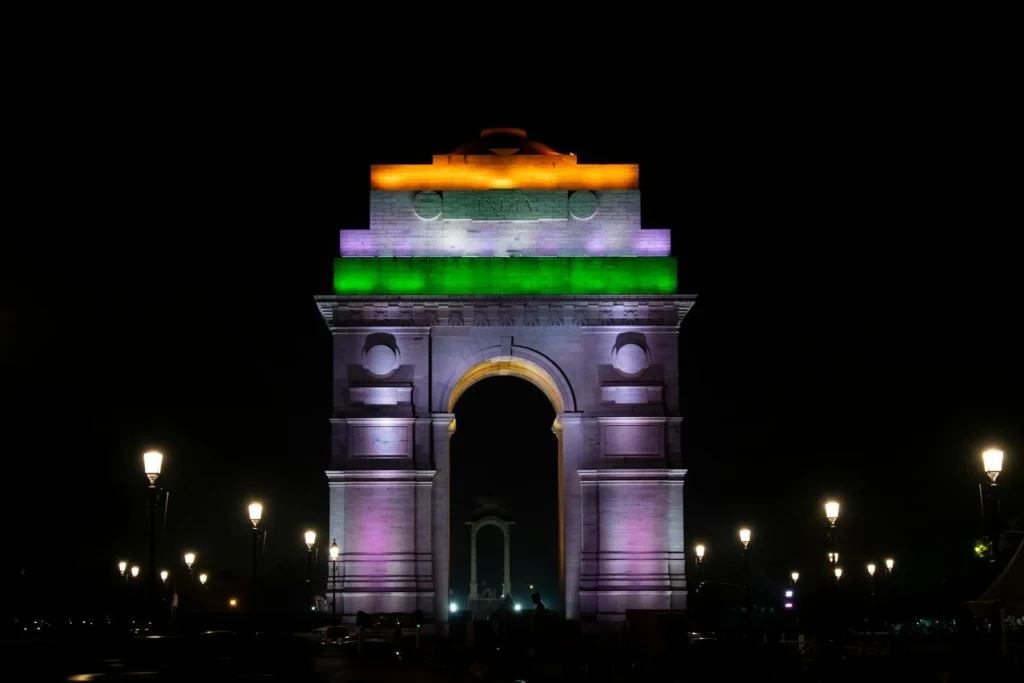
Delhi, Agra, and Rajasthan (The Golden Triangle):
- Best Time: October to March. This is when the weather is at its most pleasant – think sunny days and cool evenings. Perfect for exploring forts, palaces, and bustling bazaars without breaking a sweat. I remember wandering through the Pink City of Jaipur in November, the sun was warm but not scorching, and the evenings were just right for a rooftop dinner with a view of the illuminated Hawa Mahal. Trust me, the heat in the summer (April to June) can be brutal, making sightseeing a real challenge. The monsoon (July to September) brings humidity and occasional heavy rainfall, which can disrupt travel plans.
- Things to do: Explore the historical monuments of Delhi (Red Fort, Qutub Minar, Humayun’s Tomb), witness the breathtaking beauty of the Taj Mahal in Agra (sunrise is magical!), and immerse yourself in the vibrant culture of Rajasthan (Jaipur’s City Palace, Jodhpur’s Mehrangarh Fort, Udaipur’s Lake Pichola). Consider attending the Jaipur Literature Festival in January or February for a cultural treat.
- Avoid: April to September due to extreme heat and monsoon rains.
The Himalayas (Himachal Pradesh, Uttarakhand, Kashmir):
- Best Time:
- Spring (April to June): This is when the valleys come alive with blooming flowers, and the weather is generally mild and pleasant. Ideal for trekking at lower altitudes, sightseeing, and enjoying the natural beauty. I trekked in the Kullu Valley in May, and the rhododendrons were in full bloom – it was like walking through a painter’s masterpiece!
- Autumn (September to November): Post-monsoon, the skies are crystal clear, offering stunning views of the snow-capped peaks. The weather is cool and crisp, perfect for trekking at higher altitudes and enjoying adventure activities. October in Ladakh was simply breathtaking – the stark landscapes against the deep blue sky were unforgettable.
- Things to do: Enjoy trekking, river rafting, and paragliding in Himachal Pradesh (Shimla, Manali, Dharamshala). Explore the spiritual towns and scenic beauty of Uttarakhand (Rishikesh, Haridwar, Nainital). Experience the serene landscapes and cultural richness of Kashmir (Srinagar, Gulmarg, Pahalgam).
- Avoid: July to August (monsoon in the lower Himalayas, potential road closures due to landslides) and December to March (heavy snowfall, especially in higher altitudes, can restrict access).
South India: Temples, Beaches, and Backwaters
Down south, you’ll find a different kind of magic – ancient temples, palm-fringed beaches, and serene backwaters.
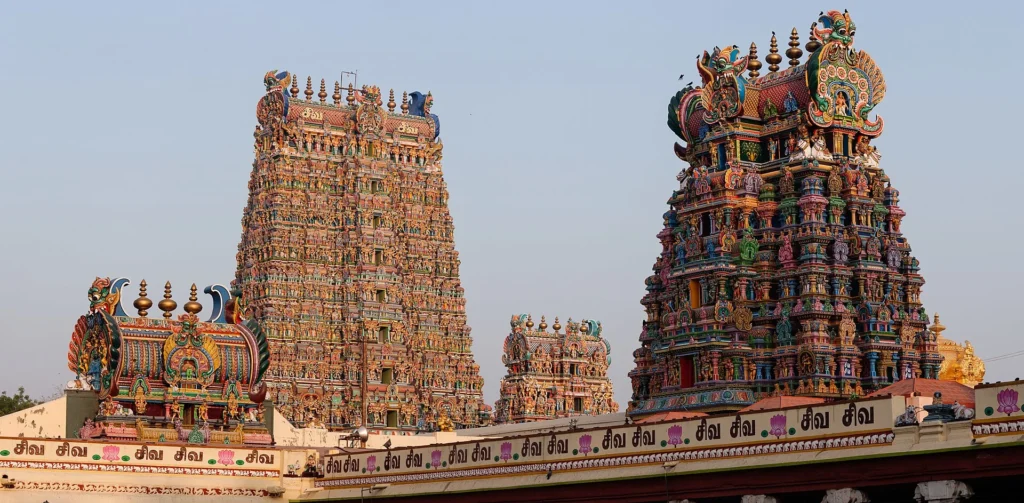
Kerala:
- Best Time: September to March. The monsoon season (June to August) brings heavy rainfall, making it less ideal for exploring the backwaters or enjoying the beaches. The winter months (December to February) offer the most pleasant weather with sunny days and comfortable temperatures. I spent a blissful January cruising the Kerala backwaters in a houseboat – the weather was perfect, and the scenery was simply stunning.
- Things to do: Relax on the beaches of Kovalam and Varkala, explore the backwaters of Alleppey and Kumarakom on a houseboat, witness Kathakali dance performances, visit tea plantations in Munnar, and explore the historical city of Fort Kochi.
- Avoid: June to August (heavy monsoon). April and May can be hot and humid.
Tamil Nadu:
- Best Time: October to March. Similar to Kerala, the winter months offer the most comfortable weather for exploring the temples and historical sites. The Pongal festival in January is a vibrant cultural experience. I visited Madurai in February, and the weather was perfect for exploring the Meenakshi Amman Temple.
- Things to do: Visit the magnificent temples of Madurai, Chennai, and Tanjore, explore the French colonial town of Pondicherry, and relax on the beaches of Mahabalipuram.
- Avoid: June to September (hot and humid with occasional rainfall).
Karnataka:
- Best Time: October to March. This period offers pleasant weather for exploring the diverse landscapes of Karnataka, from the historical ruins of Hampi to the coffee plantations of Coorg and the beaches of Gokarna. I explored Hampi in November, and the weather was ideal for wandering through the ancient ruins.
- Things to do: Explore the UNESCO World Heritage site of Hampi, visit the Mysore Palace, experience the hill station charm of Coorg, relax on the beaches of Gokarna, and witness the Jog Falls.
- Avoid: June to September (monsoon, especially in the coastal regions). April and May can be hot.
East India: Culture, Nature, and Wildlife
East India is a treasure trove of diverse cultures, lush landscapes, and incredible wildlife.
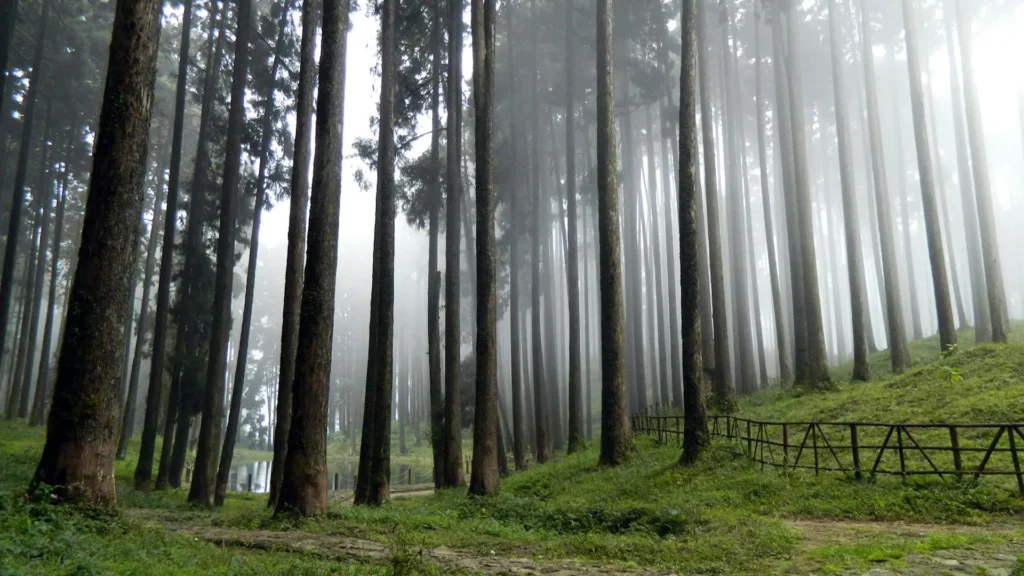
West Bengal (Kolkata, Darjeeling, Sundarbans):
- Best Time: October to March. The winter months offer pleasant weather for exploring Kolkata’s cultural heritage, enjoying the scenic beauty of Darjeeling, and venturing into the Sundarbans. I visited Kolkata in December, and the weather was perfect for exploring the city’s vibrant streets and historical sites. Darjeeling in October offered breathtaking views of the Himalayas.
- Things to do: Explore the colonial-era architecture and cultural attractions of Kolkata, take a ride on the Darjeeling Himalayan Railway, go on a wildlife safari in the Sundarbans (home to the Royal Bengal Tiger), and visit tea estates in Darjeeling.
- Avoid: June to September (hot and humid with heavy monsoon).
Assam and Meghalaya (Northeast India):
- Best Time: October to April. This period offers the most comfortable weather for exploring the natural beauty and unique culture of the Northeast. Avoid the heavy monsoon season. I visited Kaziranga National Park in Assam in March, and the weather was ideal for wildlife spotting. Meghalaya in November was incredibly scenic with its living root bridges and waterfalls.
- Things to do: Go on a wildlife safari in Kaziranga National Park (famous for the one-horned rhinoceros), explore the living root bridges and waterfalls of Meghalaya (Cherrapunji and Mawlynnong), and experience the vibrant culture of the local tribes.
- Avoid: May to September (heavy monsoon, can disrupt travel).
West India: Beaches, Caves, and City Life
West India offers a mix of bustling cities, serene beaches, and ancient wonders.
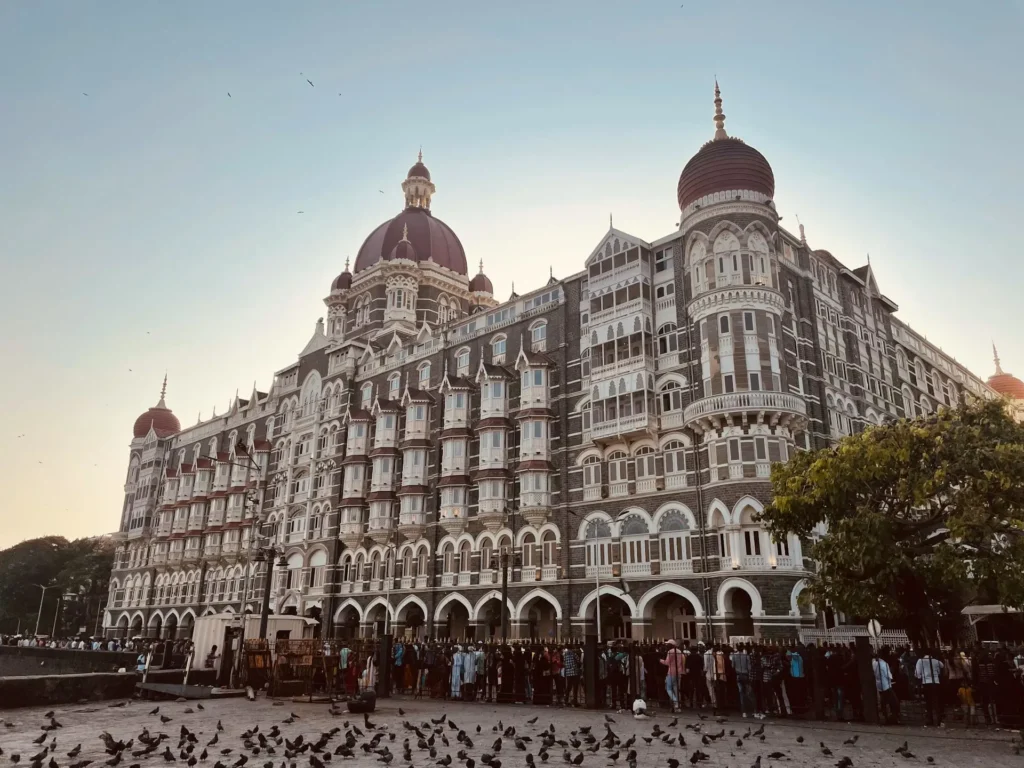
Maharashtra (Mumbai, Goa, Aurangabad):
- Best Time: October to March. The winter months offer pleasant weather for exploring Mumbai, enjoying the beaches of Goa, and visiting the historical caves of Aurangabad. I spent New Year’s Eve in Goa once – the weather was fantastic, and the atmosphere was electric! Exploring the Ajanta and Ellora caves in February was also a great experience.
- Things to do: Explore the vibrant city of Mumbai (Gateway of India, Elephanta Caves), relax on the beaches of Goa, visit the UNESCO World Heritage sites of Ajanta and Ellora caves near Aurangabad, and experience the hill station charm of Lonavala and Khandala.
- Avoid: June to September (heavy monsoon, especially in coastal areas). April and May can be hot and humid.
A Quick Month-by-Month Guide for 2025:
- January: Pleasant weather across most of North and South India. Ideal for the Golden Triangle, Kerala, Tamil Nadu, and Rajasthan. Consider attending the Jaipur Literature Festival or celebrating Pongal in Tamil Nadu.
- February: Continues to be a great time for most of India. Pleasant for sightseeing and outdoor activities.
- March: Shoulder season starts in some parts of North India as temperatures begin to rise. Still a good time for South and East India. Holi, the festival of colors, usually falls in March – a vibrant experience!
- April: Hot in most of North and Central India. Spring in the Himalayas begins to bloom. Good time to visit the lower Himalayan regions.
- May: Peak summer in many parts of India. Best to stick to the hills or plan for indoor activities.
- June: Monsoon arrives in most parts of India, starting from the west coast. Travel can be disrupted in some areas.
- July & August: Peak monsoon season across much of India. Lush greenery but potential for heavy rainfall and travel disruptions.
- September: Monsoon starts to recede. Kerala and some parts of South India become pleasant again. The Himalayas start to clear up.
- October: One of the best months to visit India. Pleasant weather returns to North India. Ideal for Rajasthan, Delhi, and Agra. Dussehra and Diwali festivities might fall in October, offering a glimpse into Indian culture.
- November: Excellent weather across most of India. Perfect for exploring almost all destinations.
- December: Peak tourist season in many parts of India, especially Goa and Kerala, due to pleasant winter weather and Christmas/New Year celebrations.
My Parting Tips, From One Traveler to Another:
- Book in Advance: Especially if you’re traveling during peak season (October to March) or around major festivals. Flights and accommodations can fill up quickly.
- Be Flexible: India is full of surprises! Be prepared for unexpected delays or changes in plans. Embrace the chaos – it’s part of the adventure!
- Pack Accordingly: The weather can vary greatly depending on the region and time of year. Layers are always a good idea.
- Stay Hydrated: Especially during the warmer months. Carry a reusable water bottle.
- Respect Local Customs: Dress modestly when visiting religious sites and be mindful of local traditions.
- Learn a Few Basic Hindi Phrases: It can go a long way in connecting with locals.
- Embrace the Food: Indian cuisine is incredibly diverse and delicious. Be adventurous but also cautious about where you eat.
So there you have it, my friends! Your ultimate guide to planning your Indian adventure in 2025. Whether you dream of snow-capped mountains, sun-kissed beaches, or ancient forts, India has something magical to offer every traveller. Just remember, timing is key to making the most of your experience. Now go forth, plan your trip, and get ready for an unforgettable journey! You won’t regret it.




